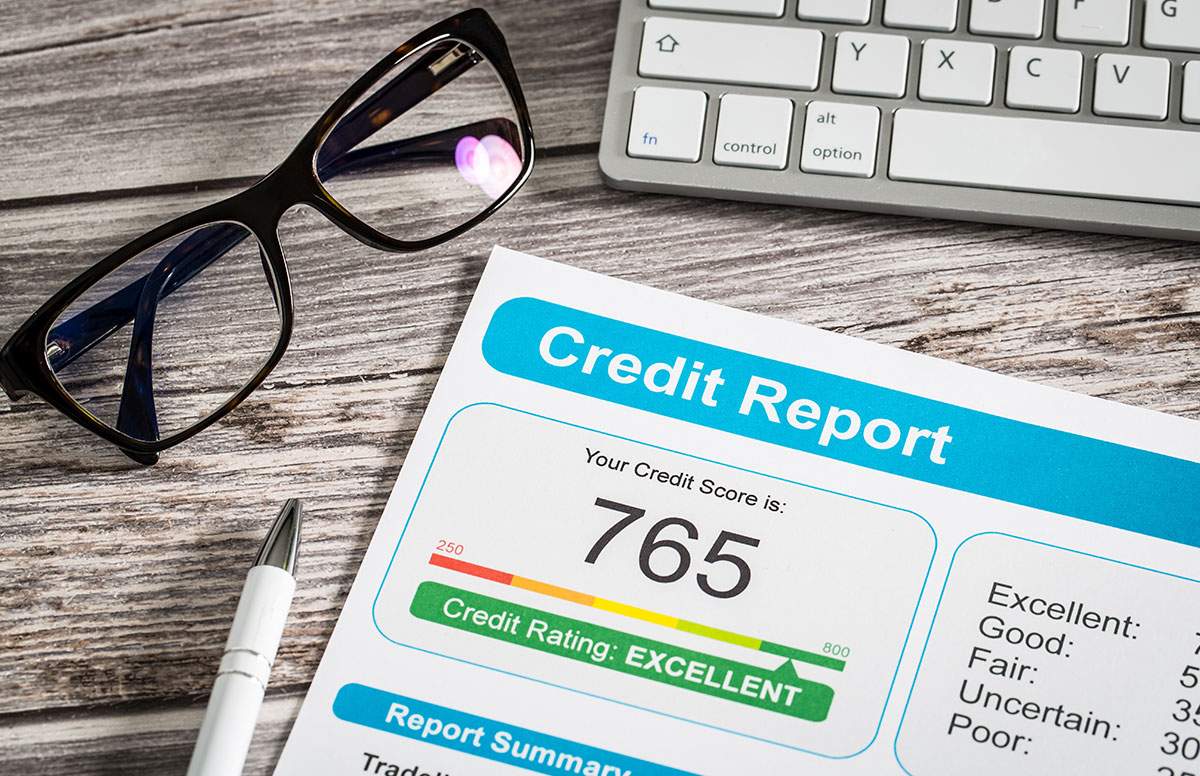Monitoring your credit score, and working hard to improve it over time, should be top of mind for all individuals. The question becomes, what’s the best way to do that?
Like most people, you’ve likely had to “pull” your credit score for one thing or another, whether a car loan, or a mortgage application. You may have even heard that too many “pulls” can look bad on your credit rating. So, how do we make sense of our credit scores, how do we put them to work for us, and why in the world does it look bad when someone else looks at it?
All great questions. In this article, we’ll try to outline the basics about your credit score and help you to navigate the world of managing it.
What is a credit score?
According to the government of Canada, a credit score is a 3-digit number that represents how likely a credit bureau thinks you are to pay your bills on time.
Source: td.com
So, in theory, if you pay your bills on time, you should have a high score, right? Well, only partially. There are other elements at work that affect your credit score. They are as follows:
- Your credit history – how long have you had the credit that you have, and have you been diligent over time?
- How much credit do you have – do you have a lot of credit cards with a lot of available credit?
- How much of your available credit have you used – are your cards all maxed out, or do you keep them under the recommended 35% balance total?
- What kind of credit do you have – do you only have reputable lending sources (VISA, Mastercard) or do you carry high interest department cards (like Walmart and Home Depot)?
- How often do you apply for credit cards – do you get one, rack it up, and apply for a new one without taking care of the balance of the original first?
- What type of credit do you have – do you have a vehicle or mortgage loan (structured installments) or just credit cards with floating interest rates?
How do credit scores become poor, or bad?
This can be a combination of poorly managing all the above elements, and usually culminates with you acquiring so much credit that you can barely make the minimum payments and your totals are always floating around max. This type of financial management makes it appear as though you are unable to, or unwilling to, handle credit responsibly. This drops your credit score down. In other words, lenders don’t feel that you are a safe bet to place their money on.
What we all know is that the above information does not take into consideration that you are, or can be, diligent, but you’ve run into financial hardship and can’t seem to make headway now. Doesn’t mean you can’t manage it, it just means you weren’t prepared to cover unexpected expenses like vehicle repairs, or job losses, when they came. (See my article on creating and sticking to a solid budget here.)
(Of course, maybe you are just bad at how you manage your money – but there’s hope! You can learn! Again, head over to my budgeting tips to see how we can help you. You can even speak to our lending advisors about installment loans that may be able to help you bridge the gap.)
And of course, if you have too many “pulls” on your credit, and you are not actually awarded the credit requested, lenders can see that this financial institution or the other have already rated your risk as too high for them, so it looks bad for you.
This is especially true with mortgages. That’s why we recommend using a mortgage broker versus a bank. A broker does a “soft pull” to pre-qualify you and can select a lender that is more suited to your current credit score.
Tips for growing (and keeping) a healthy credit score.
These tips are borrowed from a few sources, but they all ring true:
- Try not to carry more than 35% percent of your total available credit. Just pretend you don’t even have that extra access.
- Avoid applying for too much credit, even if it’s tempting. This includes credit cards and loans.
- Stay within your credit limit and avoid getting stuck just paying minimum while your cards hover at the max amount.
- Formulate a solid budget (there’s that word again) so that you tackle your debt repayment aggressively, freeing yourself from pesky interest rates.
- Pay your bills on time. There is grace for online banking delays but if you are consistently a week late or so on your payments, it negatively affects your score.
- Have the right kind of credit. Avoid department store credit cards as these have high interest rates and look bad to lenders (even if you pay them diligently).
- Check your credit report regular to monitor your score and look for problem areas in which you can improve.
For more information on short-term lending and how it can assist you, or if you are in need of immediate financial assistance while you continue to rebuild your credit, please contact us.


